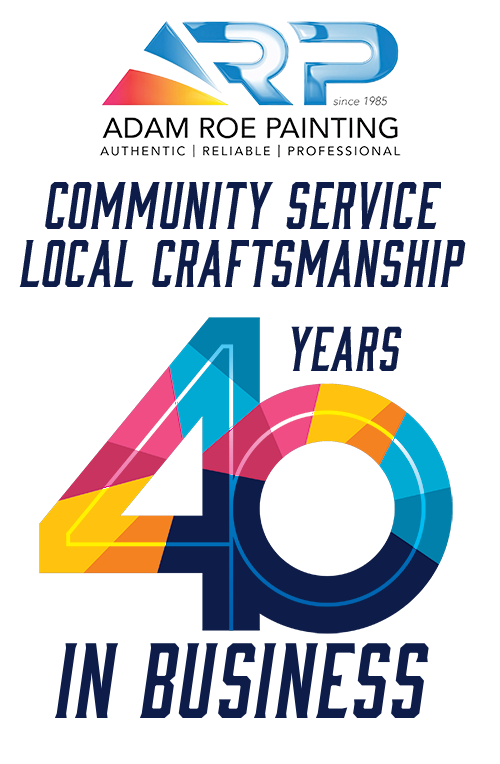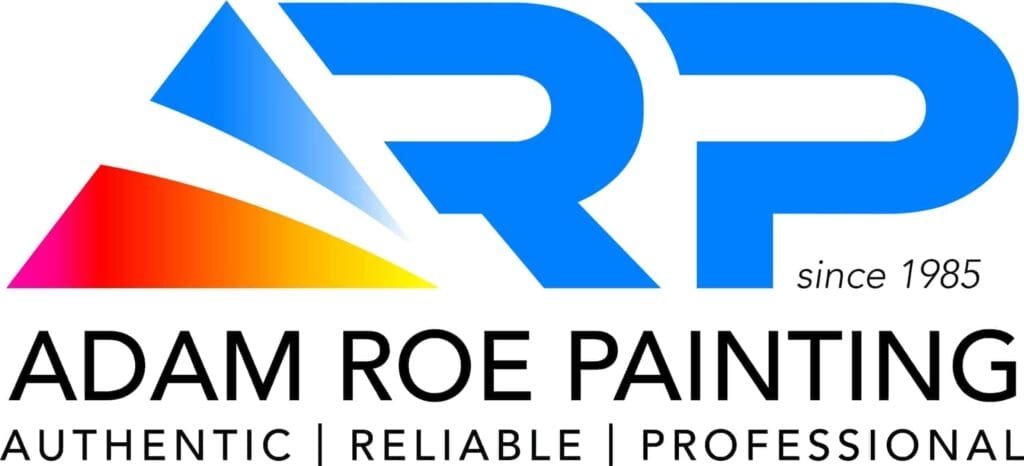 If you have got a paint bubble on your wall, don’t panic! It is not hard to repair. In fact, fixing a paint bubble does not even require much skill or special equipment at all. All you need to do is understand what is causing the problem and then apply some simple techniques that fix bubbling in most cases.
If you have got a paint bubble on your wall, don’t panic! It is not hard to repair. In fact, fixing a paint bubble does not even require much skill or special equipment at all. All you need to do is understand what is causing the problem and then apply some simple techniques that fix bubbling in most cases.
What Causes Paint Bubbles?
Bubbling paint is a common problem that can be caused by several factors. The most common cause is moisture or solvent damage, which can also lead to peeling and cracks in the surface. Other possible causes include latex that’s too thick, oil-based primer being used on latex paint, or using too much water when you’re applying your finish coat.
1. If moisture is the source of the problem:
- Check for leaks in your home and make repairs as needed.
- Keep a window cracked open when painting indoors to allow fresh air to circulate.
- Use a dehumidifier if necessary.

2. If the problem is caused by solvent evaporation:
- If you have a paint bubble in your wall and are unsure of the cause, it could be solvent evaporation.
- Solvent evaporation occurs when the paint dries too quickly. This causes the paint to shrink and form a small bubble on top of your wall or ceiling.
3. If paint bubbles are caused by thick latex:
- If you have paint bubbles, the paintbrush might not have been cleaned well enough after use. When you are applying latex and there are still traces of old paint on the bristles, it can cause your new coat to be thicker than normal. This will make it harder for your fresh coat to cover well and will also increase drying time–and if left unchecked, could lead to paint bubbles!
- If you have not primed or scuffed-up (sanded) properly before applying your final layer(s), this could cause bubbles in some areas while leaving others looking streaky or unevenly covered with color due to incomplete coverage from earlier coats being visible through subsequent ones (this effect is called “washout”).
4. If paint bubbles are caused by an oil-based primer:
- If the problem is caused by an oil-based primer being used on latex paint, you’ll need to strip off the old paint and use a latex primer.
- If your wall has been painted with an oil-based primer and then covered with fresh latex paint, there’s no way around it. Strip away the fresh coat before applying another layer to eliminate paint bubbles.
5. How to Fix Paint Bubbles Caused by Anything
- To fix paint bubbling, remove grease or wax that is in the cracks. You can do this by using a solvent like mineral spirits (paint thinner) or turpentine.
- After removing the grease with a solvent, fill cracks with spackle and let it dry completely before sanding down any excess material.
- Once your patch has been applied and sanded smooth, prime the area with stain blocking solution so that new stains won’t show through when you repaint.
- Finally, paint over everything with two thin coats of latex paint–make sure each first coat is completely dry before applying the second one!
- Strip the area. Once dry, scuff it lightly with sandpaper. Then use a solvent to remove any grease or wax. Fill any cracks with spackle, let it dry and sand it smooth. “Prime” the area with a stain-blocking solution and then repaint with two thin coats of latex. Make sure each first coat is completely dry before applying the second coat.
About Adam Roe Painting in Meridian, Idaho
 Since 1985, Adam Roe Painting has provided the highest quality results and best customer service in the industry. Our professional crews can apply high-performance coatings to a wide range of surfaces. We understand the importance of preparing and coating surfaces to meet safety standards and stand the test of time. Our industrial floor coatings protect against harsh environments and corrosive materials often found in commercial settings. We offer custom color matching, a residential exterior warranty of 5 years, and a one-year warranty on commercial and industrial projects. Contact us online or call (208) 306-4240 to discuss your project. We look forward to working with you.
Since 1985, Adam Roe Painting has provided the highest quality results and best customer service in the industry. Our professional crews can apply high-performance coatings to a wide range of surfaces. We understand the importance of preparing and coating surfaces to meet safety standards and stand the test of time. Our industrial floor coatings protect against harsh environments and corrosive materials often found in commercial settings. We offer custom color matching, a residential exterior warranty of 5 years, and a one-year warranty on commercial and industrial projects. Contact us online or call (208) 306-4240 to discuss your project. We look forward to working with you.








